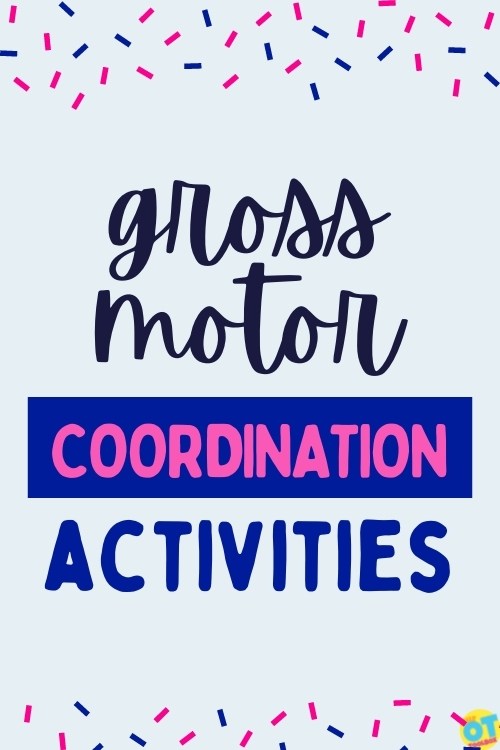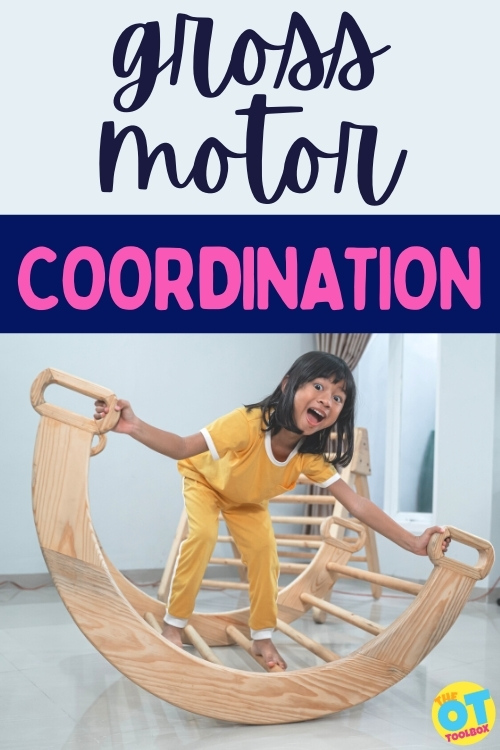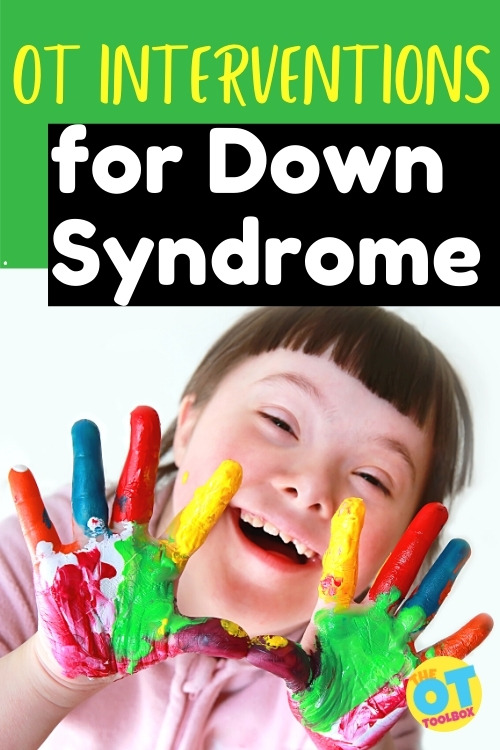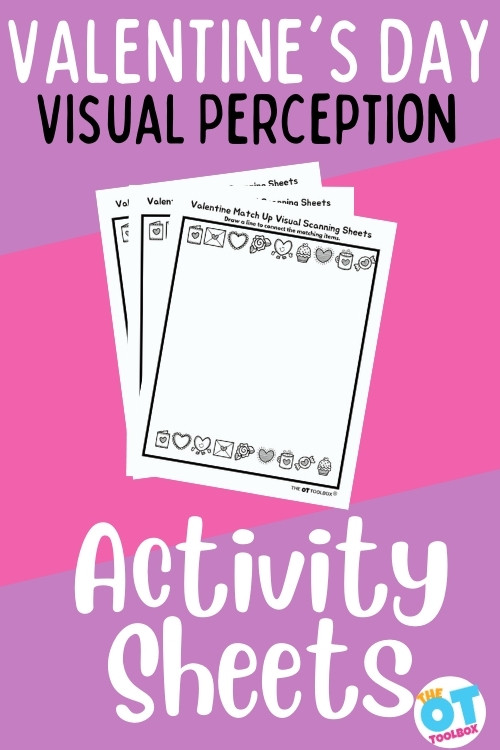A hula hoop is a great old-school toy and specific hula hoop activities can be used to not only build strength, coordination, balance, and motor planning, but can be used in other areas such as learning, sensory, and visual motor, as well as gross motor coordination. Hula hoops are versatile and inexpensive, while being colorful and attractive, to spark the interest and motivation of children. There are a wide array of hula hoop activities that can be done, in addition to the traditional method.
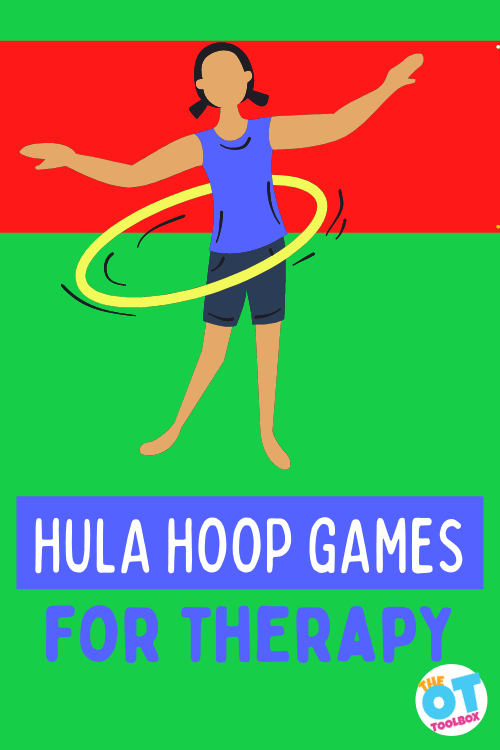
Hula hoop Activities are great!
Hula hoops can be used indoors or outdoors and with children and adults of all ages. That’s right all ages. In addition to the conventional manner, there are several imaginative and thoughtful hula hoop activities that are fun and safe for all!
Hula hoops are cheap and easy to find. If you don’t have, or can’t find a hula hoop that’s okay, you can make your own hula hoop! The directions are included in this post. People can decorate it however they wish, making it a special craft activity too.
Take a look at some fun, creative hula hoop activity ideas to get kids up and active, and a little ‘hoopy’ this season!
The hula hoop games and activities below are great for outdoor lawn games this summer, but they can be included in indoor therapy obstacle courses or games to get kids moving!
Gross Motor hula hoop games:
- The Floor is Lava Games– These are fun games for home on a rainy day. Use a hula hoop as a “safe island” when playing is game. They work on jumping, leaping, hopping, rolling, and crashing.
- Hula Hoop Jumps – provide heavy work input through the core and gross motor muscle groups, to improve regulation, and body awareness.
- Rabbit Hole – is a cooperative gross motor group activity that helps to teach the concept of personal space, using a hula hoop, and safety cones. This is a great way to teach about personal bubbles.
- Hula Hoop Run activities – use several hula hoops positioned out on the ground, or floor to create a “tire run” pathway for kids to hop, jump, or leap through. There are several pattern ideas included, which will address gross motor coordination, balance, and agility while having fun too!
- Hula Hoop Pass – Grab some friends and a hula hoop! Children hold hands while standing in a line or a circle, while working to move the hula hoop around the group, stepping in and out of it, ducking through it, while holding hands. This works to shift the hoop to the next person, until it makes it from the first, to the last person within the group. This is an incredible coordination and motor planning activity that helps to build group cooperation and teamwork.
- Don’t Jiggle the Spiders! Much like our spider obstacle maze, you can wrap yarn around a hula hoop and thread spider rings through the string. Then, children can move the hoop as a hand-held obstacle course has a fun way to have children work on balance and body control as they work to move through the spider web, designed on a hula hoop, and try not to ‘jiggle the spiders’ while doing so.
- Basket of Toys- Here is a fun twist on the traditional toy scavenger hunt. In this game, you scatter small toys or water balloons and hula hoops on the ground. Children work to move the toys and balloons using their feet to their specific hula hoop. What happens if they pop a balloon while kicking? They must visit the Toy Master (and adult or a specific player) and complete a motor task to earn another balloon. A fun way to work on gross motor skills, motor control, and eye-foot coordination.
- Hula Blockers is a fun hula hoop game in which each player stands in their own hoop tossing a bean bag into another player’s hoop, while simultaneously attempting to defend their own hula hoop space, blocking another player’s bean bags from landing in their space.
Add these Gross Motor Coordination Activities for more fun. Or check out these Gross Motor Toys for some fun games.
Sensory hula hoop actitivies:
- Hula Hoop Mobile – here is a fun visually stimulating idea for children with visual impairments, or other challenges, that might benefit from a colorful hanging mobile that has texture, sound, weight, and visual appeal. It can be used for individual play, or as a group activity.
- Sensory Hula Hoop Video – need a fun sensory tool for babies? Then this Sensory Hula Hoop video might be a fun DIY for you! It includes a variety of visually stimulating materials as well, as texture and sound. It can be placed flat on the floor to encourage tummy time, or hung above a baby lying supine, to encourage reach and exploration. Note: Always choose baby-safe materials to prevent injury.
- Baby and Toddler Tummy Time Activity- Another spin on the sensory hula hoop activity, is to attach baby rattles and baby toys around the circle, then have babies start with tummy time in the center of the hoop. This is a great tool for adding novel activities to tummy time. The circular positioning of the toys around the hoop encourages babies to reach, visually scan, roll, and pivot on the upper body, as they move and stretch to reach, and engage with different toys.
- Hula Hoop Canopy – If you’re feeling really ambitious you can create a Hula Hoop Canopy with lights and sheer curtains. It makes a great addition to a calming corner.
- Hula Hoop Tunnel Activity – Make a tunnel with several hula hoops and you can even add scarves or longer strips of streamers for children to move through making it a gross motor AND sensory experience in one!
Eye-Hand Coordination hula hoop games:
- Hula Hoop Web – use masking tape to create a Hula Hoop Web in the hoop. Have children toss cotton balls or pom-pom balls to stick to the web.
- Hula Hoop Target – Hang a hula hoop from the ceiling or a tree, and you have an instant target for ball tossing.
- Hula Hoop Bullseyes- Lay different-sized hula hoops on the ground, creating a bulls-eye target. Place numbers inside the hoop to create targets, to score points when tossing a bean bag.
- Place safety cones on the ground for children to toss a hoola hoop around the cones, to score points.
- Hula Hoop Basketball – Hang a few hula hoops from a basketball goal for young children to have their Hula Hoop Goal for ball play. A great way to have younger kiddos enjoy their own skill level of basketball.
- Flight School – Create this fun game by having children fold paper airplanes, then try to fly them through hula hoops that are hung from the ceiling. Include children of all ages with this fun activity, as you can hang the hula hoops at different heights to accommodate any skill level. Another way to play when hanging the hoops at different heights, would be to use a point system, and score points based on the different heights of the hoops.
Learning games with a hula hoop:
- Around the Clock hula hoop activity is a fun way to work on time with kiddos in the classroom, during therapy, and at home!
- Hula Hoop Zones Activity- Use red, yellow, green, and blue hoops to work on the Zones of Regulation™ curriculum in the classroom and during therapy. Read more on this activity.
- Find and Rhyme game is a great way to work on rhyming with young children! All you need are some hula hoops, and plastic plates. It’s similar to a scavenger hunt for words. Here is an explanation.
- Personal space – Need to help children understand personal space? The use of a hula hoop is the perfect tool! They can sit or stand inside of it, to help them visualize their own personal space, and the space of others. I’ve seen them used while sitting at a table during snack time to help children understand their personal space.
make your own hoop
Here are the instructions for Making a Hula Hoop. They include a brief explanation of the three most common types of tubing people use to create one. If you think you need more detailed instructions for creating a hula hoop, take a look at How to Make Your Own Hula Hoop, and see how they designed their hoop using irrigation tubing.
Want another fun idea for creating a hula hoop? I found this Snap Together Hula Hoop (affiliate link) that children can work on building before using! This type of hoop makes it easy to transport and adds another element of motor skills while building and deconstructing.
more outdoor fun
There’s only one last thing to say about hula hoops, remember to join in the fun yourself and enjoy some screen-free playtime with kiddos!
Want to add this resource to your therapy toolbox so you can help kids thrive? Enter your email into the form below to access this printable tool.
This resource is just one of the many tools available in The OT Toolbox Member’s Club. Each month, members get instant access to downloadable activities, handouts, worksheets, and printable tools to support development. Members can log into their dashboard and access all of our free downloads in one place. Plus, you’ll find exclusive materials and premium level materials.
Level 1 members gain instant access to all of the downloads available on the site, without enter your email each time PLUS exclusive new resources each month.
Level 2 members get access to all of our downloads, exclusive new resources each month, PLUS additional, premium content each month: therapy kits, screening tools, games, therapy packets, and much more. AND, level 2 members get ad-free content across the entire OT Toolbox website.
Join the Member’s Club today!

Regina Parsons-Allen is a school-based certified occupational therapy assistant. She has a pediatrics practice area of emphasis from the NBCOT. She graduated from the OTA program at Caldwell Community College and Technical Institute in Hudson, North Carolina with an A.A.S degree in occupational therapy assistant. She has been practicing occupational therapy in the same school district for 20 years. She loves her children, husband, OT, working with children and teaching Sunday school. She is passionate about engaging, empowering, and enabling children to reach their maximum potential in ALL of their occupations as well assuring them that God loves them!


